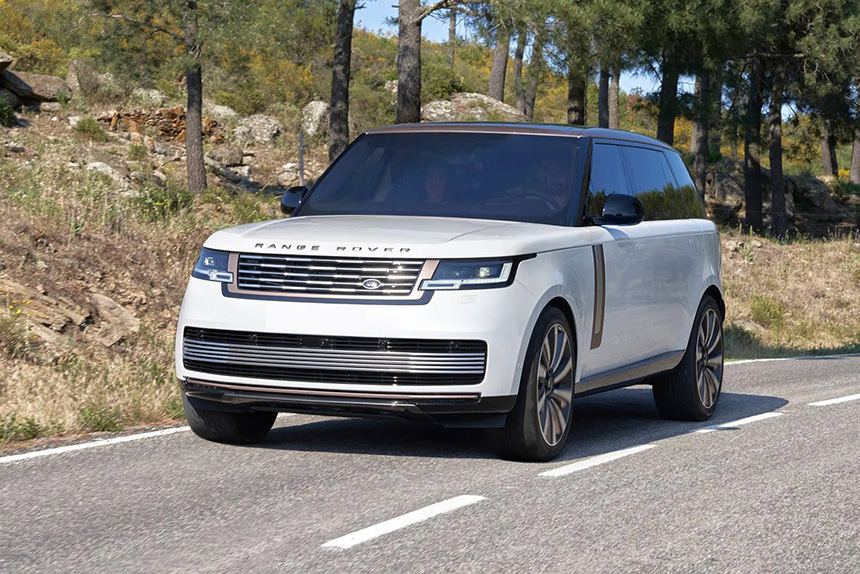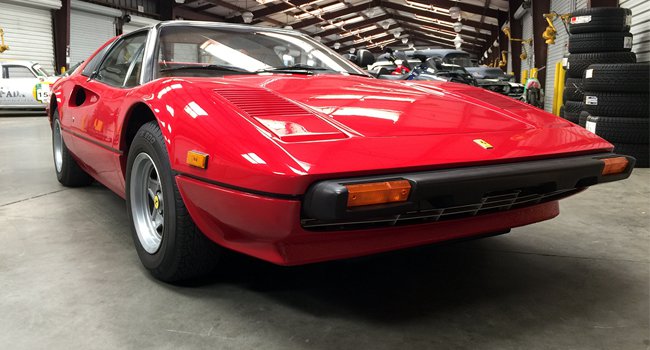Why Shipping Cars to the Middle East May Increase
Growth in Demand for Used Cars In GCC
There are areas within the Gulf region that have become famous, if not notorious, for their flourishing used car markets. Abu Shagara in the UAE, considered the largest such market in the world, certainly comes to mind. Prior to 2008, member countries of the GCC, which includes Saudia Arabia, Kuwait, the United Arab Emirates, Qatar, Bahrain and Oman, consumer preferences were decidely in favor of new cars. In fact waiting lists for new models were commonplace.
Read More Shipping an Automobile to the Middle East
Since that time, even with economic gains and greater access to car financing, consumers have gravitated toward the secondary car market. Dealers have expanded to include used car showrooms and now stock replacement parts to service older cars. This expansion is not limited just to the lower and mid-price car range but also includes brands at the higher end of the scale. For instance, in 2011 BMW began offering a certified, pre-owned, Premium Selection division. Now most brands are offering certified programs with warranties as part of the package.
Car markets continue to thrive throughout the region like Doha's Salwa Road or Jeddah's Heraj, but as the market has grown more established so have the buying and selling practices. Online markets have taken hold such as Dubizzle which is estimated to sell approximately 250,000 cars per year. Dubizzle lists everything from used Nissans to Ferraris, Maybachs, Lamborghinis and McLarens.
International Car Shipping - Used Car 'Drivers'
We have identified several major market trends, "drivers" if you will, that lead us to believe we will continue to see demand for used cars grow in this region. Among them are:
1. Increasing awareness betweeen dealers and manufacturers - Manufacturers increasingly realize the importance of supporting dealers in the secondary market by offering customization options, creating branded financing packages, investing in service facilities and increasing focus on mechanical skills and training.
2. Economic and demographic factors - While demand for new and luxury vehicles may return with increases in economic activity, demand will continue to rise among younger consumers and less affluent buyers. Within the GCC nearly 50% of the populace is under the age of 25. This group will continue to look for more affordable options.
3. Changing Consumer Expectations - Both manufacturers and dealers have been forced to become more service oriented than ever before. International competition is fierce and not diminishing. For instance, last year Mohamed Yousuf Haghi Motors opened the second largest showroom in the world in Jeddah, for Korean based Hyundai. This is Hyundai's first showroom specifically designed to sell only certified, used cars with warranties and the promise of consistent car servicing.
4. Increases in Governmental incentives and spending - Governments are coming to understand the value to be captured in these secondary market opportunities. Incentives are being offered for investment in local vehicle and component manufacturing and for training the local workforce. Given the region's burgeoning young population, there is growing recognition of the need to capitalize on markets where new jobs can be created.
These are a few of the many factors we see that will increase shipping cars to the middle east region.
You May Also Like
These Related Stories

Latest On Rates & Service To The Middle East

Classic Car Exports to the Middle East

-093789-edited.png?width=220&height=79&name=wcs_final_logo_(1)-093789-edited.png)
